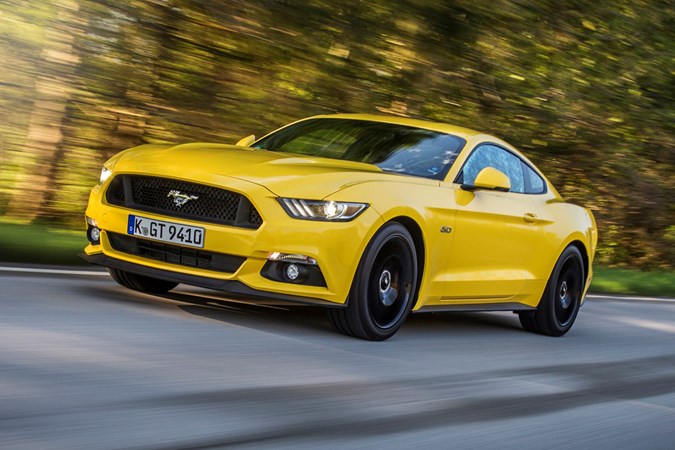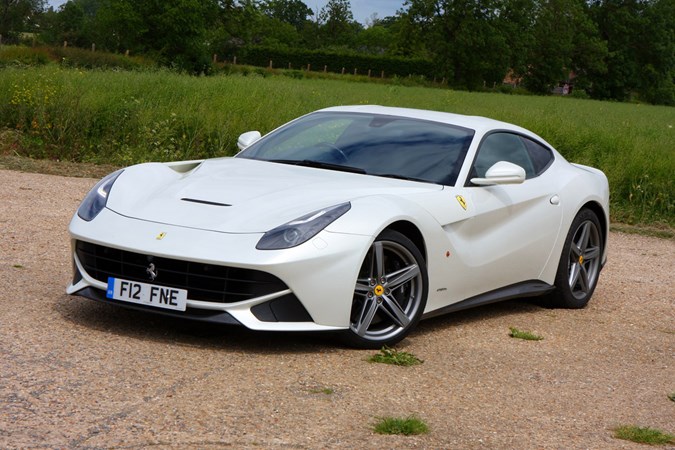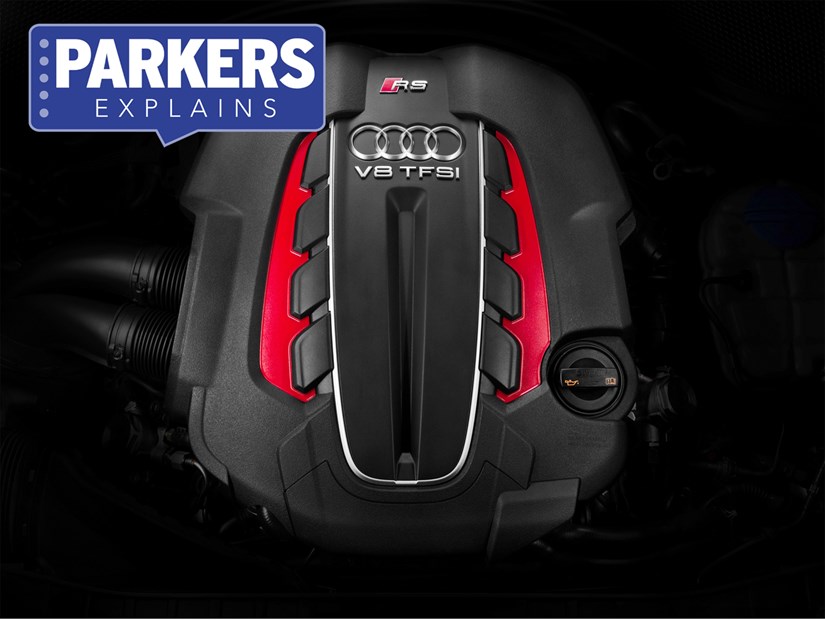You’ve decided on which car you want to buy and even picked the trim level which gets you all the kit you need. But choosing which engine to go for can prove confusing for many.
It’s a puzzle of litres, cylinders, power and torque figures; so here we’ve demystified the jargon to help you find the right engine for your needs.
What does engine size mean?

Car engines tend to have their sizes referred to in terms of litres, with a simple rounding off of their actual displacement – otherwise know as capacity – measured in cubic centimetres (cc).
While the brochure or online specifications might refer to a 1,996cc engine, for instance, the badge on the car will ordinarily say ‘2.0’.
It’s not the overall physical size of the outside of the engine that’s measured but what’s known as the ‘swept volume’ inside each cylinder. The combined sum of each cylinder’s swept volume gives the overall engine capacity.
What are cylinders and pistons?
Each cylinder contains a piston which is used to compress a mixture of air, and either petrol or diesel, which is exploded in a controlled manner. This is part of the combustion process which ultimately makes the car move.
Depending on the make and model of car, today’s engines can be had with two, three, four, five, six, eight, 10 or 12 cylinders.
Most frequently the cylinders are arranged in a row (known as ‘in-line’ or ‘straight’), but it’s not uncommon – especially on larger engines – for alternate cylinders to be splayed out in a ‘V’ formation – hence car badges stating ‘V6’ or ‘V8’, among others.
Less common are horizontally-opposed (or ‘boxer’) engines, where the cylinders’ ‘V’ angle has been widened out to 180 degrees, explaining why they’re also called ‘flat’ motors. Rarer still are ‘W’ format engines – similar to a ‘V’ but with cylinders pointing in three directions rather than two.
What are power and torque?

Without getting weighed down in mathematic equations to explain them, it’s easier to consider ‘power’ to be a measure of how hard and fast an engine can work (think top speed) whereas ‘torque’ refers to its pulling power – or acceleration, in broad terms.
Typically in Britain, power is quoted in brake horsepower (bhp) – the higher the number, the more powerful it is.
Certain manufacturers choose instead to measure output in PS – German initials for Pferdestärke (or horsepower, hence it also confusingly being shortened to hp). Manufacturers quote PS because the figures are slightly higher than for bhp, with 1PS approximately equal to 0.99bhp.
Since 1972 it’s also been a legal requirement for manufacturers to also quote power in kilowatts (kW) – a metric measurement – but it’s one that’s seldom used for marketing terms; 1kW is approximately 1.34bhp.
Most manufacturers quote torque output in Newton metres (Nm). The lower the engine speed that peak torque is produced at, the more responsive the car’s acceleration should be; the higher the peak torque figure the greater the accelerative force.
Occasionally torque is expressed in pounds feet (lb ft), with 1Nm equivalent to 0.74lb ft.
Is a bigger engine more powerful?

No. Ever-tightening emissions regulations mean that car manufacturers are making their engines smaller, often reducing the number of cylinders at the same time.
Whereas four-cylinder engines were the norm over the past few decades, in the coming years three-cylinder motors are likely to become the most common.
By turbocharging the engines – which makes the combustion process more efficient by reclaiming energy normally lost out of the exhaust – a smaller unit can produce similar amounts of power and torque to a larger non-turbo one, yet still offer greater fuel economy and lower CO2 emissions.
Proving the case, the Ford Mondeo can be bought with a 1-litre, three-cylinder turbo engine producing 123bhp. When the previous generation Mondeo was launched in 2007 the entry-level 1.6-litre, four-cylinder non-turbo engine could only muster 108bhp.
While the 1-litre Mondeo claims 55mpg and CO2 emissions of 119g/km, its predecessor posts figures of 39mpg and 170g/km.
Which engine size is right for you?
It all depends on what you want your car to do. Live in the city and there’s a wealth of excellent 1-litre (and smaller) engines on offer, most of which will cope well on the motorway too. We wouldn’t recommend travelling at 70mph too often with a small engine as running costs will be higher due to the engine working harder and using more fuel.
If you want your car to be more of a motorway cruiser there’s no need to stretch to a 2-litre any more. You’ll find most 1.6-litre diesels are more than up to the task, with impressive fuel consumption too.
Towing a caravan or horsebox regularly will require a torquey engine – don’t simply assume you automatically need an enormous engine for this task, look for the quoted Nm figures and choose that way.
Looking for more jargon-busting motoring meanings? Head over to our Parkers Car Glossary page and take a look at our other definitions
What to read next:
When’s the best time to buy a car?
The best cheap electric cars
The best small, economical 4x4s
Looking for a fast car that’s also economical?
Cheap convertible cars





